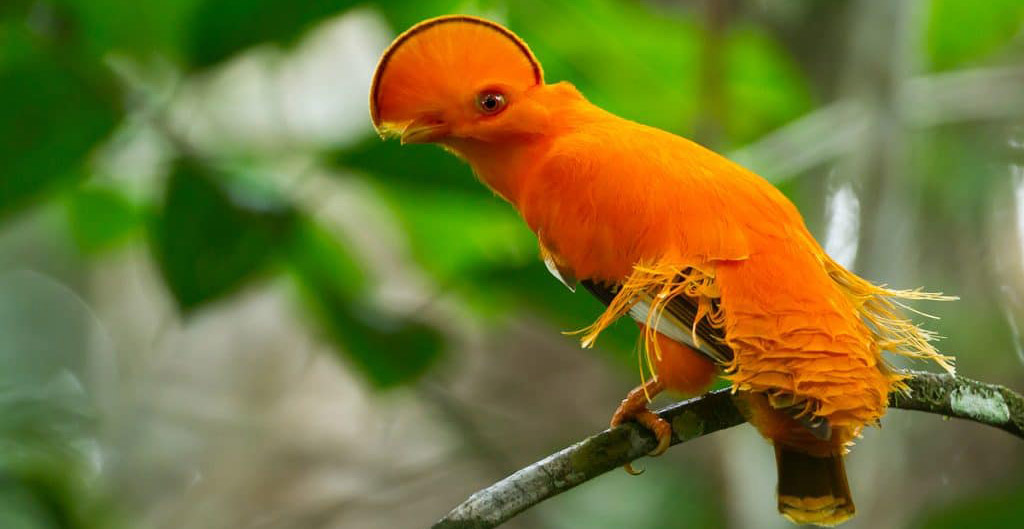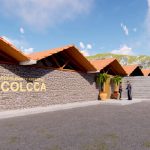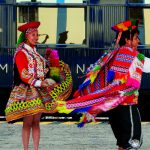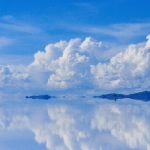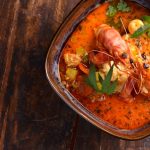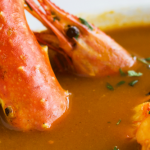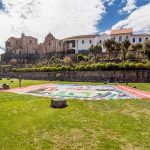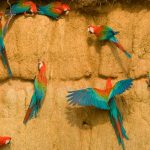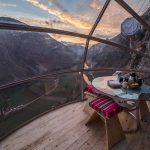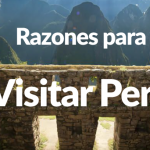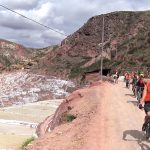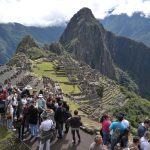Peru is rich in Natural Biodiversity and considered one of the 12 megadiverse countries of the planet, our objective is that you live the best experience of your life in the nature of Peru
For that reason, talking about Peru’s natural resources is also talking about Peru’s contribution to the world.
The history of the potato – Natural Biodiversity of Peru
The history of the potato is an excellent example to begin with.
As we know, this tuber has fed millions of people in recent centuries, however, the history of the potato began eight thousand years ago, in the Peruvian highlands where it was used by communities of hunters and gatherers.
.
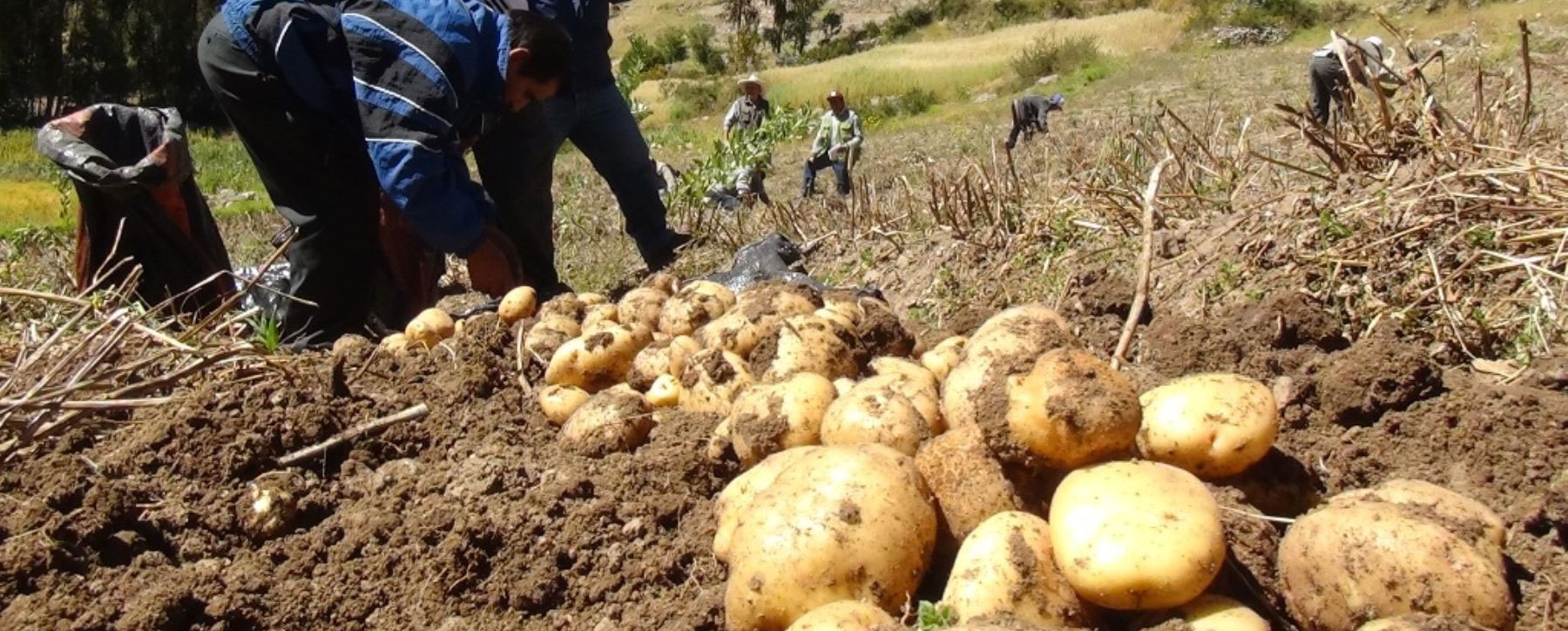

Later, the Incas continued experimenting with it and invented the chuño, dry potato with the appearance of a small cookie in which all the nutritional value of the tuber is concentrated.


On the other hand, Peru is considered one of the twelve countries with the greatest biological diversity in the world, it is a source of fundamental genetic resources for world food and has enormous amounts of minerals (it was one of the three main producers of copper, zinc and silver in 2017).
Peru: Rich in hydrobiological resources
The Natural Biodiversity of Peru has a large amount of hydrobiological resources in its territory, as well as colossal water reserves, liquid and solid. In the Andean Amazon, a significant amount of species and natural resources are generated, which is why it is considered one of the best-preserved jungle forests in the world
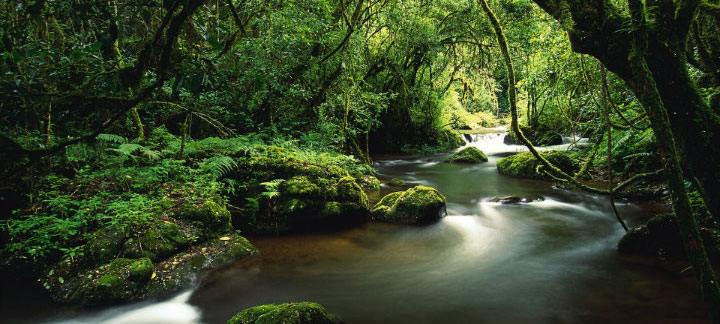

Climate diversity
In Peru there are 84 of the 117 life zones of the planet and 28 of the 32 climates of the world.
This Natural Biodiversity of ecosystems allows to have a very high number of species, only in terms of flora there are about 25 thousand species (approximately 10% worldwide).
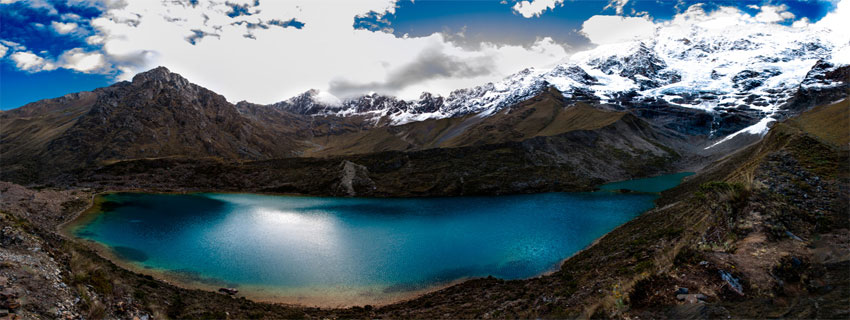

In addition, it is recognized as one of the countries with the greatest diversity of fish, the second with the greatest diversity of birds, and third in amphibians and mammals.
Rich in natural biodiversity
Therefore, the greatest wealth of our country is the exquisite and extraordinary biodiversity that we possess; diversity of flora and fauna species, genetic diversity, ecosystems, landscapes and cultures; that make Peru part of the group of 17 countries called megadiverse, since as a whole they have more than 70% of all the biodiversity of the planet earth.
In addition, 11 ecoregions are recognized, including the cold sea, the tropical sea, the coastal desert, the equatorial dry forest, the tropical forest of the Pacific, the steppe mountain range, the puna, the páramo, the high altitude rain forests ( high jungle), the Amazonian tropical forest (low jungle) and the savannah of palm trees.
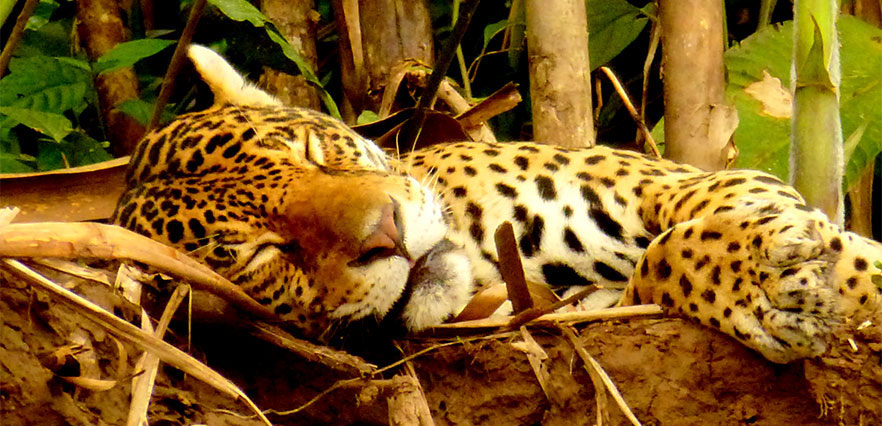

Finally, we have a sample of how this diversity impacts on the number of species that inhabit the country, new discoveries of 2015:
- 71 plants
- 33 species of terrestrial fauna
- six freshwater fish
- saltwater fish
- insects
- among others
These are added to emblematic endemic species such as the vicuña or the immense variety of fish from the sea, rivers and Peruvian lakes.
About the endemic flora – the vegetation that grows naturally, without human intervention – some of the most important are: the natural pastures of the Andean region, the forests of the Amazon region and the vegetation of the hills coastal.
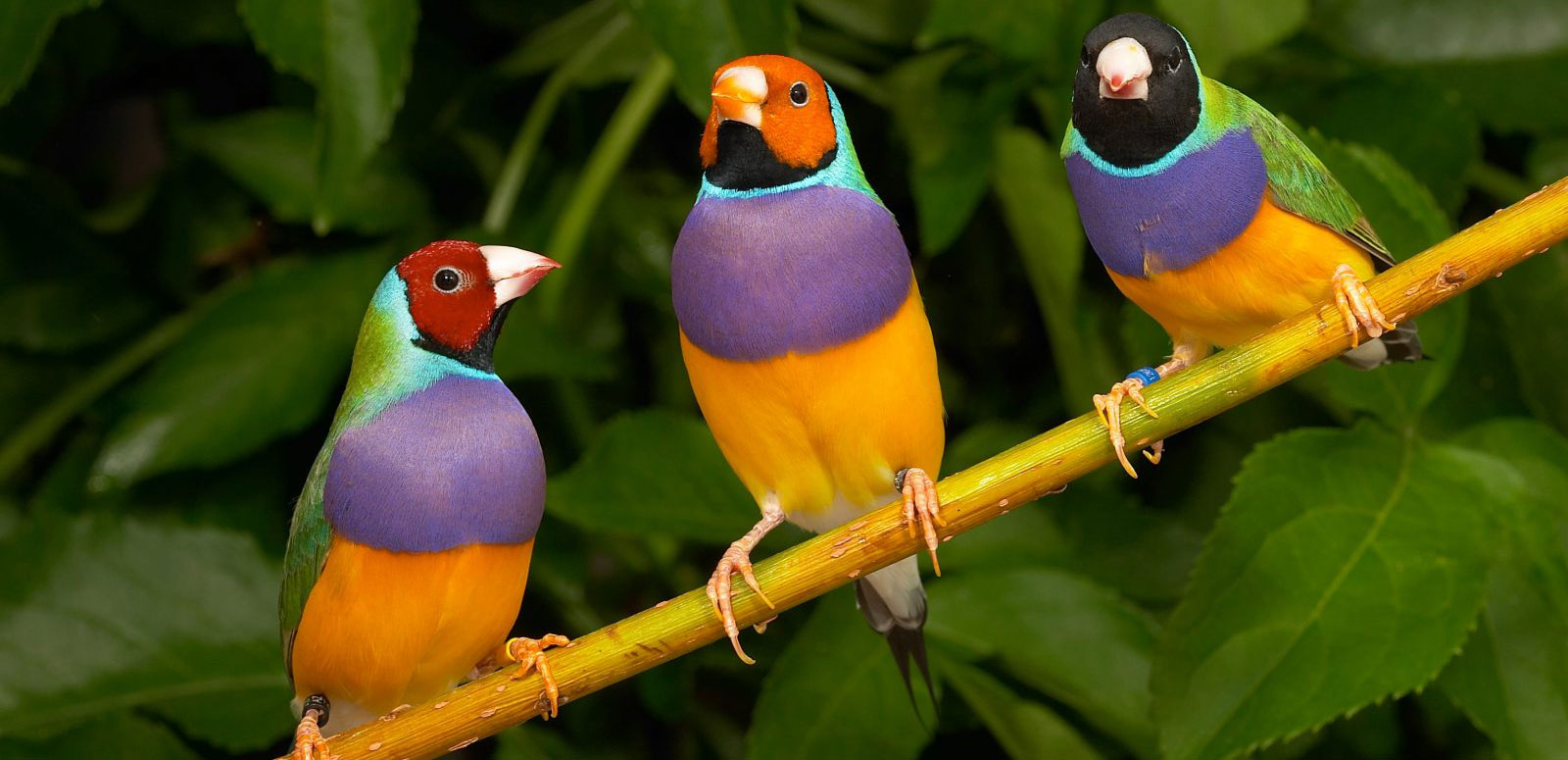

Peru has varieties of animal species:
- Birds 1847
- Reptiles 442
- Flora 20375
- Marine fish 1070
- Mammals 490
- Life zones 84
Watch the video about Peruvian nature “Protecting the natural legacy of Peru”
Get to know the natural beauty of Peru!

